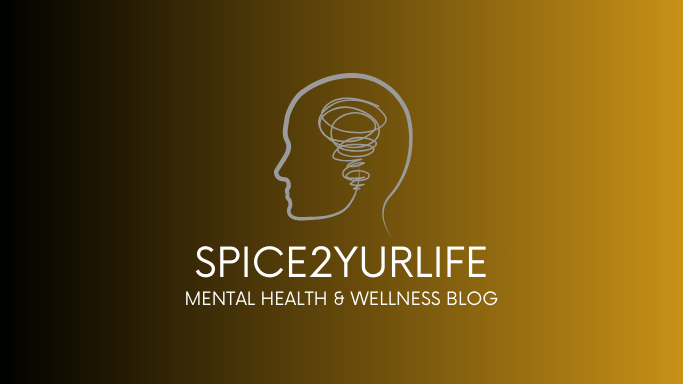Borderline Personality Disorder (BPD) is a complex mental health condition that affects approximately 1.6% of the adult population in the United States alone. Despite its prevalence, BPD remains widely misunderstood, stigmatized, and surrounded by misconceptions. In this blog post, we aim to shed light on what BPD truly is, its symptoms, potential causes, and available treatments, with the hope of fostering empathy and understanding towards those living with this condition.
What is Borderline Personality Disorder?
Borderline Personality Disorder is characterized by pervasive patterns of instability in mood, interpersonal relationships, self-image, and behavior. People with BPD often struggle with intense emotions, erratic behaviors, and difficulties in forming stable relationships. The term "borderline" originated from the belief that the condition lies on the border between neurosis and psychosis, though it's important to note that individuals with BPD are not necessarily 'on the border' of insanity, as was once thought.
Symptoms:
The symptoms of BPD can vary widely from person to person but commonly include:
1. Intense fear of abandonment and efforts to avoid real or imagined abandonment.
2. Unstable and intense interpersonal relationships characterized by alternating between idealization and devaluation.
3. Identity disturbance, leading to unstable self-image or sense of self.
4. Impulsivity in areas such as spending, substance abuse, reckless driving, binge eating, or unsafe sex.
5. Recurrent suicidal behavior, gestures, or threats, or self-harming behaviors.
6. Emotional instability, marked by intense mood swings, irritability, and emotional reactivity.
7. Chronic feelings of emptiness.
8. Difficulty controlling anger and frequent displays of temper.
Causes:
The exact causes of BPD are not fully understood, but a combination of genetic, environmental, and neurobiological factors is believed to contribute to its development. Traumatic experiences during childhood, such as neglect, abuse, or unstable family dynamics, are commonly linked to the onset of BPD. Additionally, abnormalities in brain structure and function, particularly in areas responsible for emotional regulation and impulse control, have been observed in individuals with BPD.
Treatment:
While BPD can be challenging to treat, various therapeutic approaches have shown effectiveness in managing symptoms and improving overall functioning. Dialectical Behavior Therapy (DBT), developed by Dr. Marsha Linehan, is one of the most widely used and researched treatments for BPD. DBT combines cognitive-behavioral techniques with mindfulness practices to help individuals develop skills in emotion regulation, distress tolerance, interpersonal effectiveness, and mindfulness.
Other therapeutic modalities, such as Schema Therapy, Mentalization-Based Therapy (MBT), and Transference-Focused Psychotherapy (TFP), may also be beneficial for individuals with BPD, depending on their specific needs and preferences. In some cases, medication, such as antidepressants or mood stabilizers, may be prescribed to alleviate co-occurring symptoms, such as depression, anxiety, or impulsivity.
Borderline Personality Disorder is a complex and often misunderstood mental health condition that significantly impacts the lives of those affected by it. By increasing awareness, challenging stigmas, and promoting understanding, we can create a more supportive and compassionate environment for individuals living with BPD. With access to appropriate treatment and support, individuals with BPD can lead fulfilling lives and cultivate meaningful relationships. Let us strive to replace judgment with empathy and offer hope to those navigating the challenges of BPD.







No comments:
Post a Comment